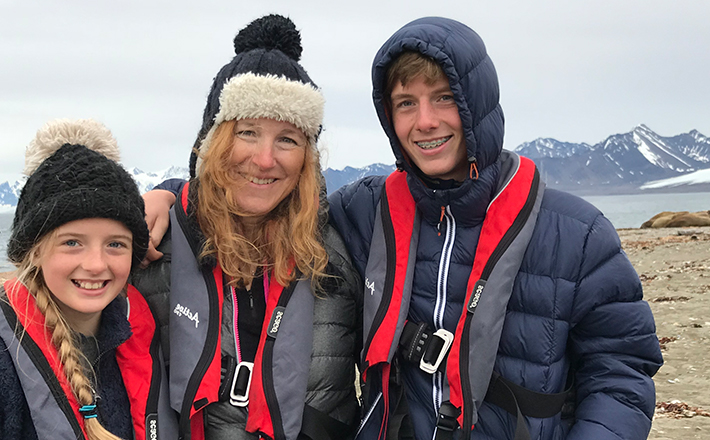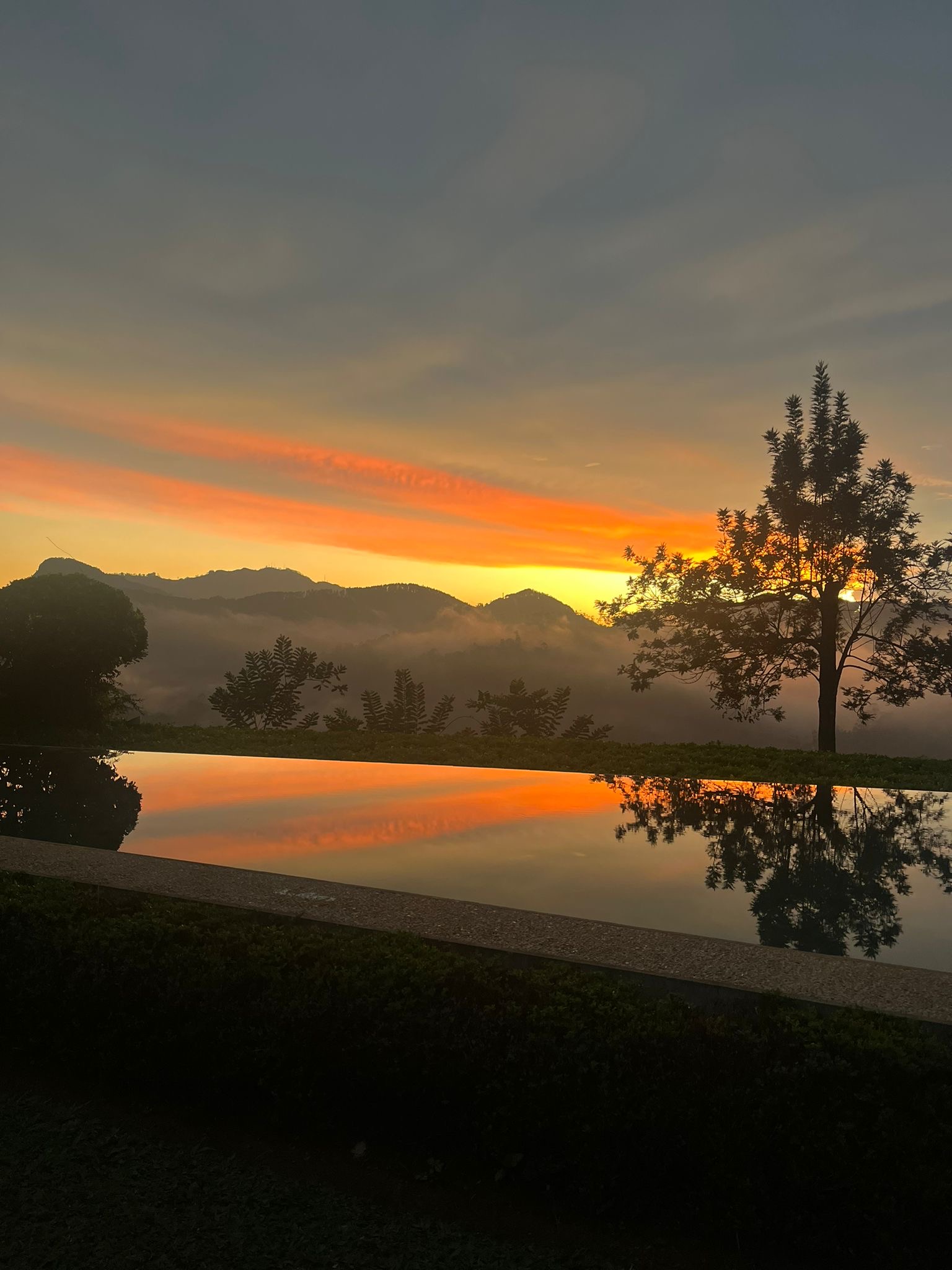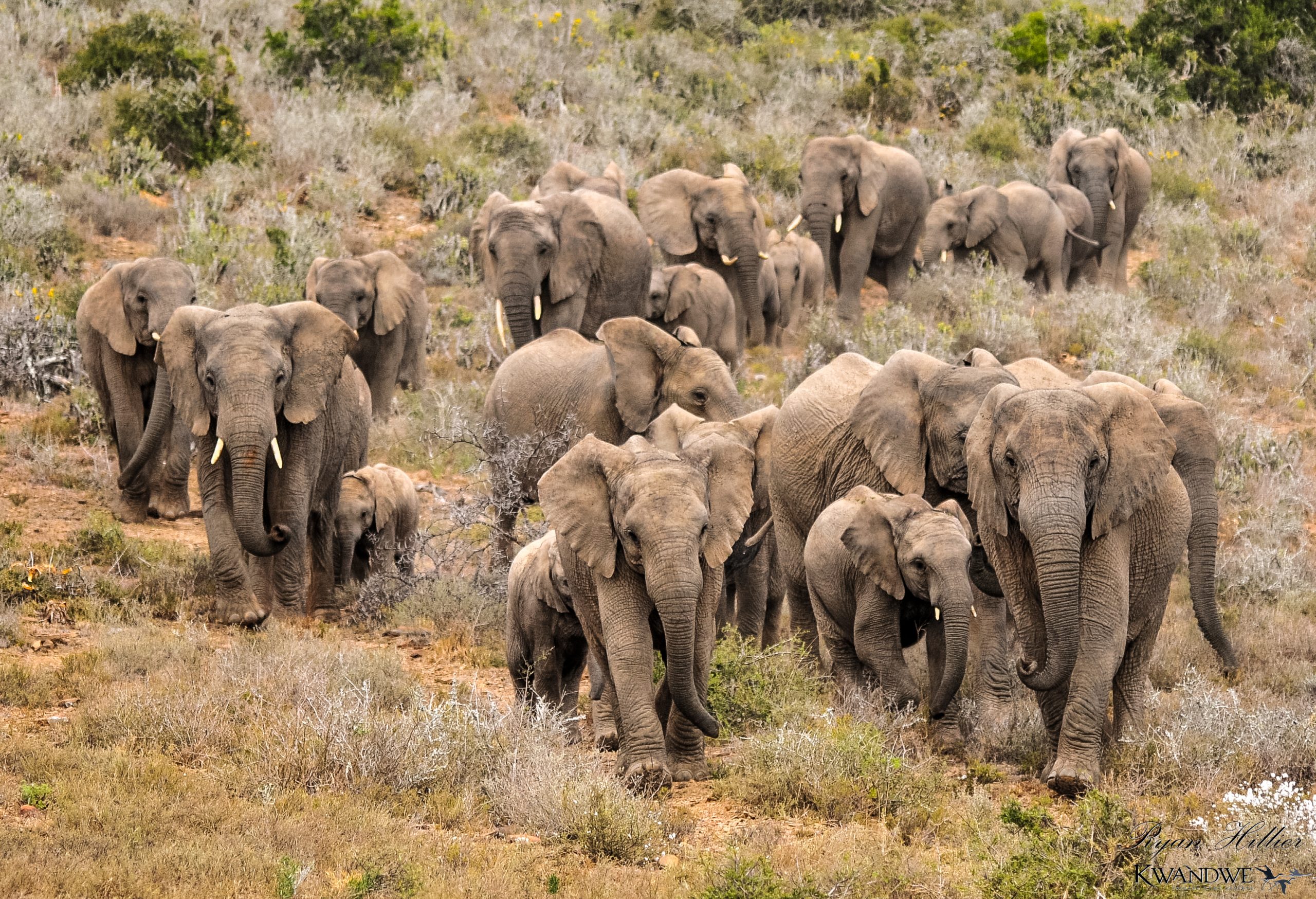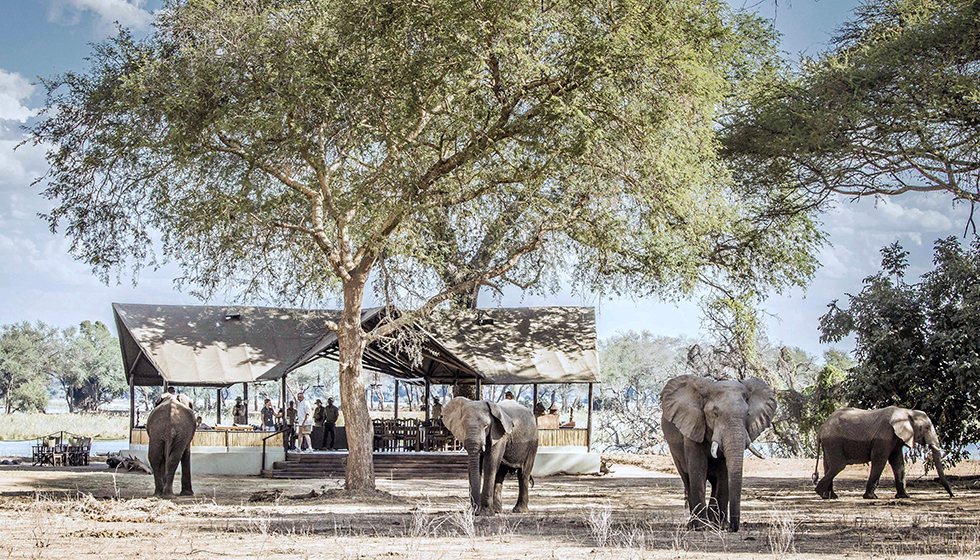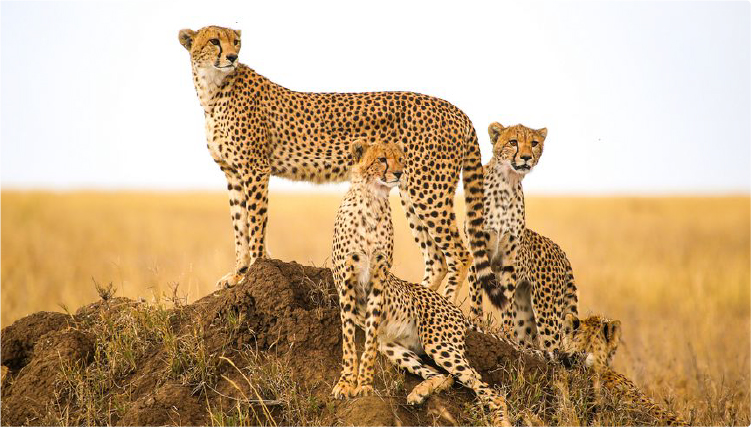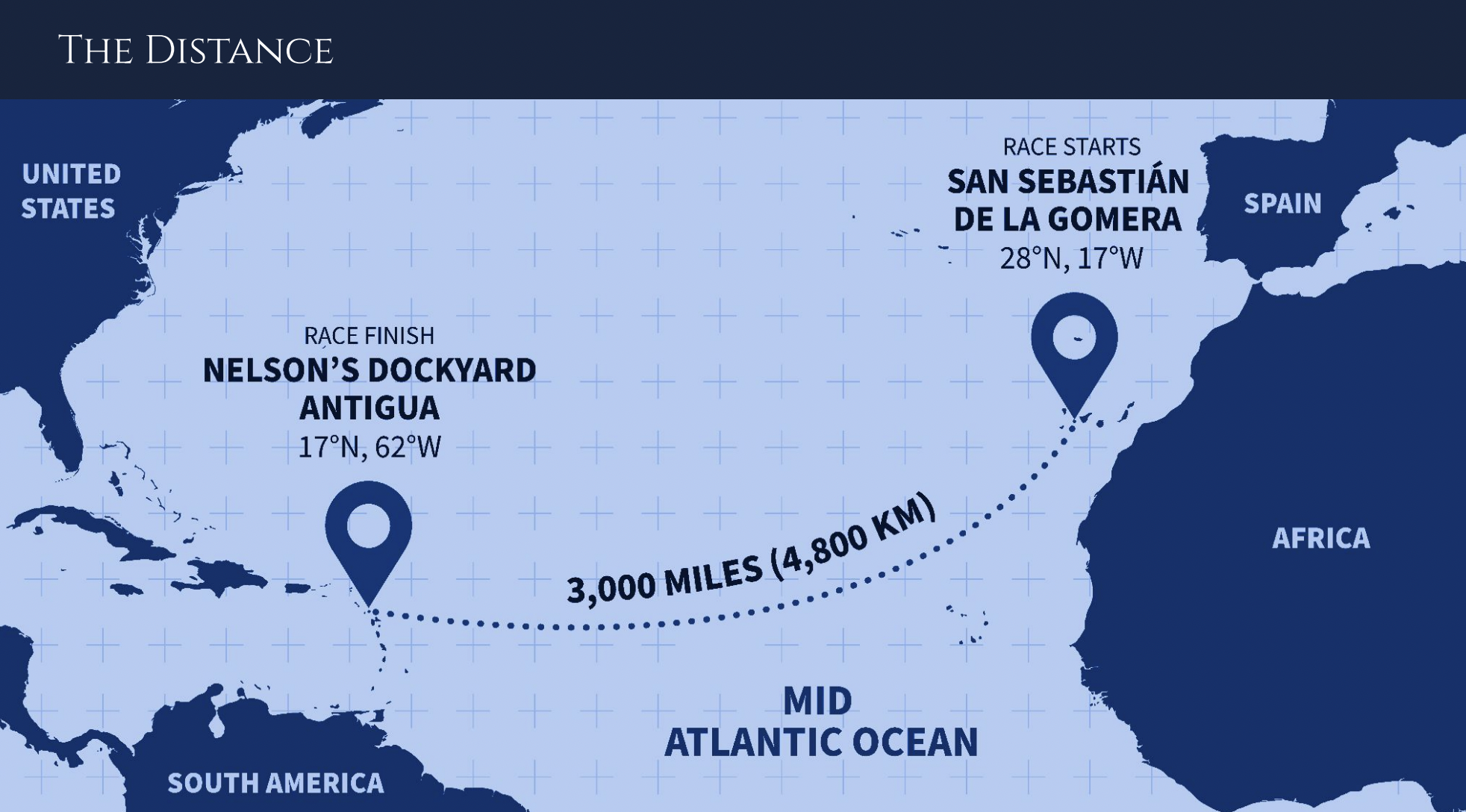
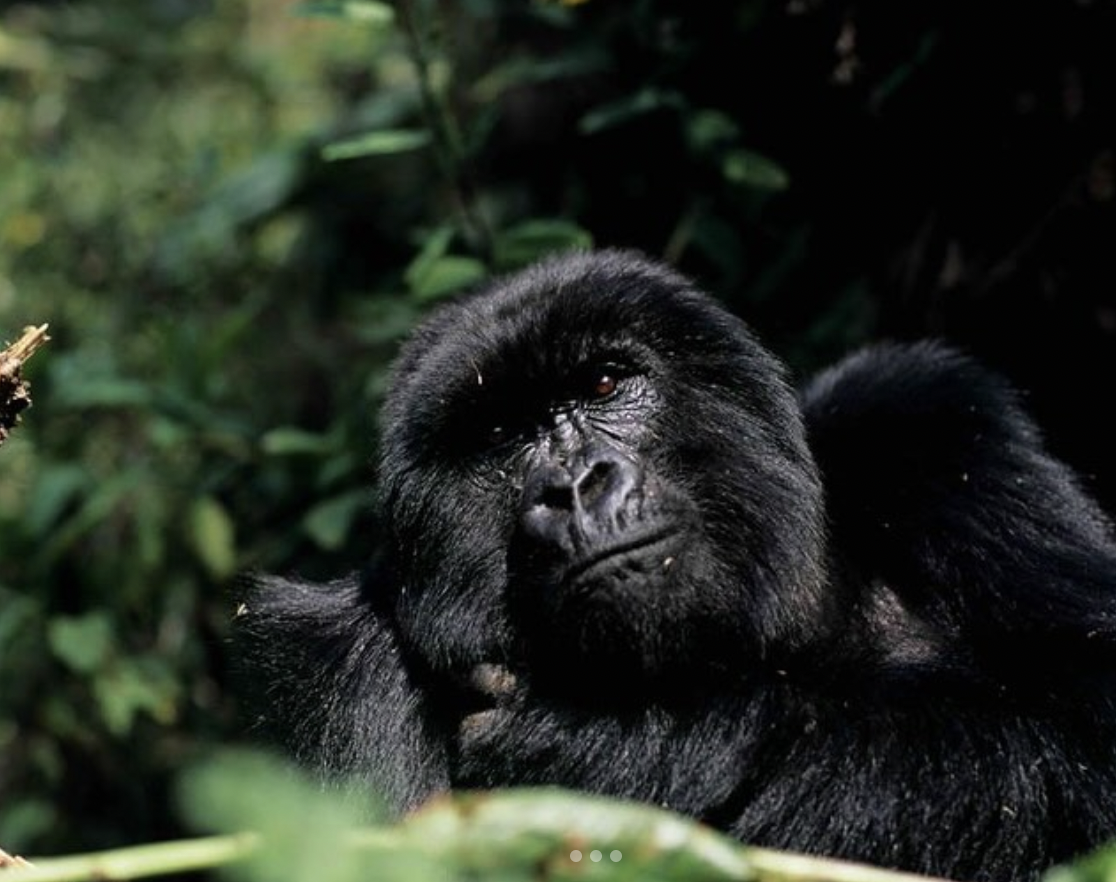
UGANDA – by Kate Humble
I have worked with gorillas in safari parks and zoos for 25 years, but to see them in the wild… nothing prepares you for it. To see them in Uganda, justifiably famous for being one of the first places to establish truly sustainable, gold standard gorilla tourism – this is a true privilege.
In Uganda, you know that gorillas live in a pristine, authentic, safe mountain environment, properly ‘in the mist’, where the only people to have seen them regularly are the Ugandan trackers who dedicate themselves to understanding and respecting them. And the only way we, in turn, can get so close to gorillas is because of that work and dedication: it takes between five to seven years to habituate a wild gorilla to the presence of humans and even then it is simply an entente cordiale; they put up with us, allow us to hang out with them, while we understand that the relationship is one of privilege, that we are in the presence of majesty, that we don’t push our luck.
Here in the UK, there are no big, wild or dangerous animals and we have been accustomed too long to being at the top of the tree on our own. Paying court to gorillas on their own turf reverses that superiority fast. Only when you’ve trekked up through a forest, with the caution and decorum necessary to track the family, are you immersed in their terrain. You suddenly understand their habitat that little bit more. That pile of mashed-up bamboo on the path is a meal halfway through: regurgitated before being snaffled up and ingested. That small mountain of steaming poo further on is their way, not just of relieving themselves, but of marking the borders of their territory.
Only when you’re in close proximity to a gorilla – never less than 10 metres away and never for more than an hour, by regulation – do you suddenly feel that deep sense of kinship, of a deep-rooted genetic connection between you and this magnificent primate, superior to us in every way here on their turf, in their high kingdom, where they know every leaf and command every path.
It is an exercise in humility and supplication by us to them; they allow us to be there, to find them; we are there to bend the knee – and every moment is magic. I liken it to being a serf in the time of the Tudors: I am Baldrick, being ushered into the presence of Henry VIII. I would not presume to even look him in the eye, and the adult gorillas – the king and his courtiers – rarely condescend to acknowledge this peasant’s existence, but are quite prepared to bicker in front of us, or have a contest if a male is flexing his muscles to challenge the king. It’s gripping. Sometimes they might notice us – an ex-rugby player on the tour, being big and brawny, gets a suspicious glare, a guide or tracker might get a casual nod. I’m rather glad to be slight and blonde and no threat: the tiny Faye Wraye to these mighty King Kongs. Meanwhile, the youngsters, like children everywhere, primate or aristocrat, are without ceremony and endlessly curious.
I am entranced by everything – the sociability of the group, the family dynamics, the interactions, the court politics, the heartstopping moment if ever the dominant male drums on his chest with that particular booming resonance that you feel as much as hear. Every synapse is popping, every muscle poised for adventure, every brain cell utterly locked into the here and the now.
I’ve never felt so present.


